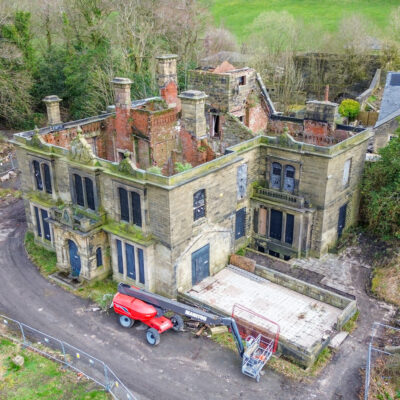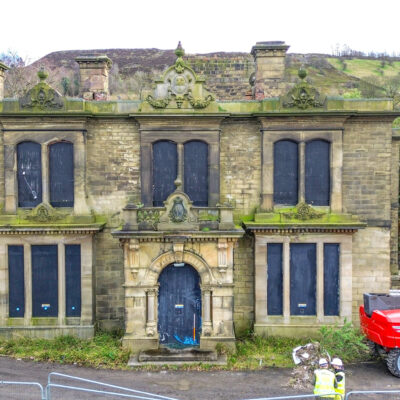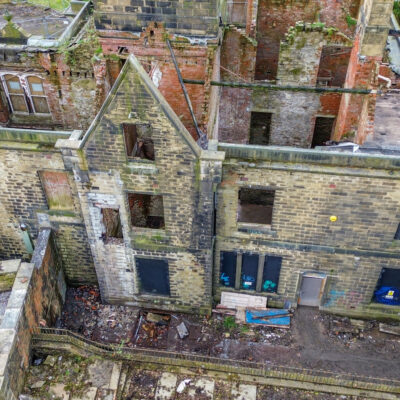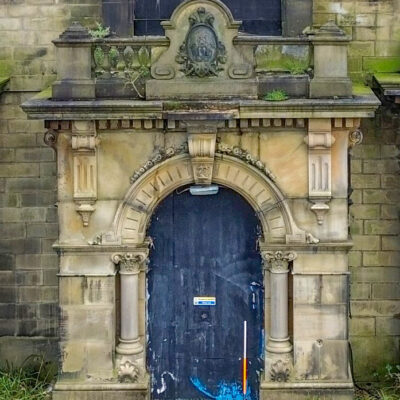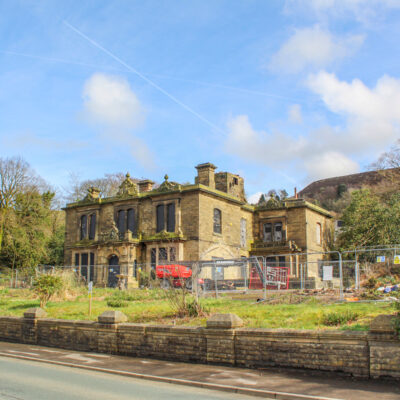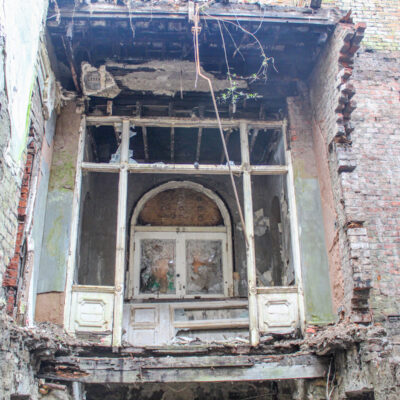Archaeological Standing Building Recording, Lancashire
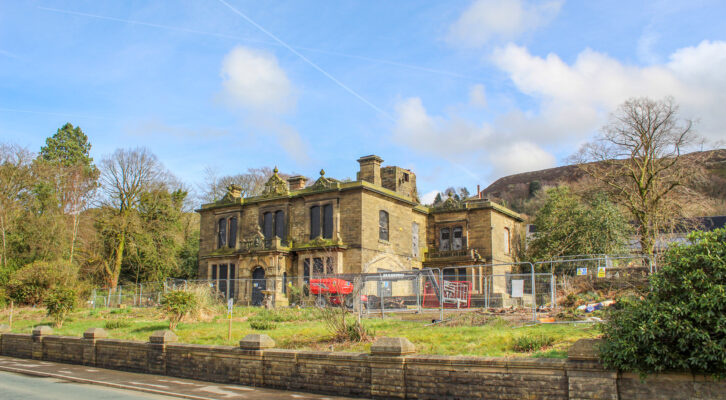
In Brief
Key Points
- The subject of the programme of building recording is a Grade II listed house of late 19th century date built for a local mill owner within the town of Rawtenstall, near Rossendale (Lancs) which lies derelict after suffering substantial fire and water damage in 2019.
- The programme of Archaeological Standing Building Recording was undertaken to discharge a planning condition which required that a detailed drawn, photographic and analytical written record of Grade II listed building was carried out prior to works commencing.
- The building recording was carried out in accordance with a Written Scheme of Investigation prepared by BA and submitted to the Archaeological Officer at Lancashire County Council for their approval prior to commencement of work.
Summary
Horncliffe Mansion was constructed in 1869 for local mill owner Henry Hoyle Hardman, and has since been used an old people’s home, and a hotel, before laying empty for a number of years. The interior of the property was badly damaged during a fire in 2019.
A detailed survey was carried out of the exterior and interior of the building, constructed principally of brick and sandstone with ashlar and carved dressings. Whilst the hipped slate roof does not survive, the moulded cornice, stone parapet, and five of the six rectangular stone and brick chimney stacks with their moulded stone cornices remain extant.
The internal floors, ceilings, stair cases, and windows were lost during the fire, however, the internal brick built dividing walls still largely survive, allowing the original internal arrangement of the house to be understood. Most of the internal decorative features have been lost as a result of the fire and subsequent water damage, and whilst fragmented sections of the decorative mouldings survive within the entrance hall, these only represent a small part of the extensive mouldings and painted friezes which were formally present throughout the house.
Results
A report was produced presenting the results of the programme of Level 3 Archaeological Standing Building Recording, which was approved by the Conservation Officer, allowing the condition to be discharged and development to proceed.

